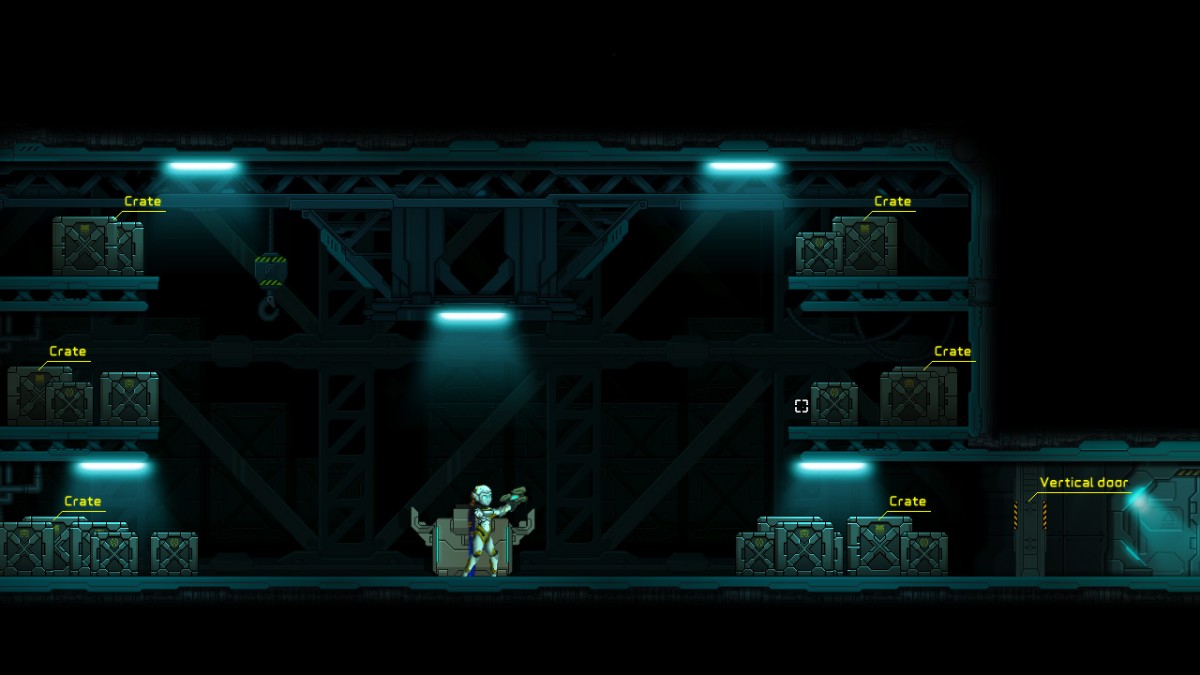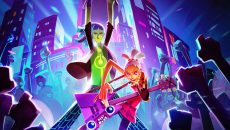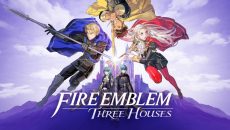Future releases of “Ghost 1.0” are planned for other gaming platforms, including PlayStation 4, PlayStation Vista, XBox One, Nintendo Switch and Wii U. (Photo courtesy of unepic_fran)
Vernon Gibbs
Connector Staff
“Ghost 1.0” takes a fun little romp and runs it into the ground. Released June 7 on Steam, “Ghost 1.0” can be best described as an unhappy marriage between the Metroidvania and rogue-like genres. The player steps aboard a high-tech space station and is tasked with navigating its corridors and uncovering its secrets.
The core combat of “Ghost 1.0” revolves around the player, Ghost, entering set rooms and fighting their way through waves of enemies. The problem is it is exactly that – waves. Only a small portion of rooms have set placements of enemies, ultimately reducing the level design put into place. Jump around these platforms here, avoid this one laser and try to keep track of the absolute mess the screen can get at later levels.
In an attempt of marrying the Metroidvania and rogue-like genres together, “Ghost 1.0” implemented a confusing array of skills and conditions behind said skills. There are four total types of power-ups one can gather, each one with differing attainment and methods. The problem arises when these systems are not treated with care, like what “Ghost 1.0” did. With all of these differing traits, and the inclusion of two separate modes of play, the game often falls flat on its face in providing a balanced skill system, not to mention how certain boss encounters mishandle these systems. While never truly game-breaking, these mishandled game mechanics provide little else but players pulling their hair out.
Graphic quality was certainly not a high priority in “Ghost 1.0’s” development, as understandable as it may be. Cutscenes feature rigid 2-D animations, with characters limited to lip flap (or a vigorously ruffling moustache) and the occasional gesture. They are thankfully spread out throughout the story, but they always provide a dose of uncanny valley whenever featured. The in-game graphics are no better, with serviceable pixel sprites and backgrounds. The worst offender is in the design of the enemies, projectiles and overall color palette. Fighting a wave of robots can be a controlled affair when first playing, but towards the later levels it becomes such a mess of shapes, colors and unhelpful user interface that would make a Touhou player nervous. This lack of attention to graphic design is a serious problem, and it leaves the player with only sour memories of the gameplay.
The one thing “Ghost 1.0” has going for it is its strong main characters. Character interaction is mostly limited to the player character and her two allies, and they bounce off each other well. The Freudian trio each have likeable characteristics, and are well written throughout most of the story. “Ghost 1.0’s” story is a little unoriginal though, and its ending can be seen coming a mile away. The side characters have criminally small amounts of interaction, and are shoehorned into the story to create a lackluster finale, both in story and in gameplay. A well-loved captain does not change the fact that his ship is sinking.
When one looks for a game like “Ghost 1.0,” they will find better options for a similar price. They will find similar mixes of the same genres, but with better integration of mechanics and overall level design. There are similar games with much better graphic design that can form order out of the chaos of a fight. That, and still keep a likeable cast of characters and a game that one would want to pick up for a second time. If one still wants to try this game, expect the main story to take 10 hours.
Final grade: C-




